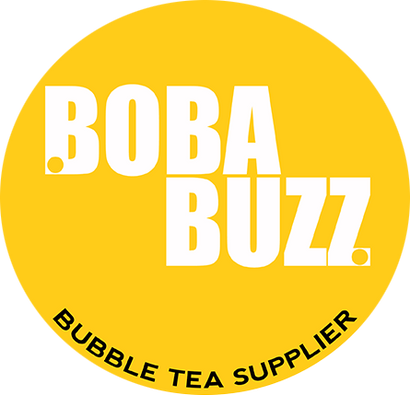Add description, images, menus and links to your mega menu
A column with no settings can be used as a spacer
Add description, images, menus and links to your mega menu
A column with no settings can be used as a spacer
Link to your collections, sales and even external links
Add up to five columns
Bubble Tea and Wellness: Is Boba the New Superdrink?
March 17, 2025 3 min read

Bubble Tea and Wellness: Is Boba the New Superdrink?
Bubble tea, with its chewy tapioca pearls and vibrant flavors, has become a beloved treat across the UK. But as wellness trends gain momentum, many are asking: can bubble tea be part of a healthy lifestyle, or is it just a sugary indulgence? Let’s break it down and see if boba has the potential to be the next superdrink.

The Components: What’s in Your Cup?
At its core, bubble tea consists of a few key ingredients: tea, milk, sugar, and tapioca pearls. Each brings something to the table—both in terms of flavor and nutrition.
-
Tea: The base of most bubble teas is black, green, or oolong tea, all of which are rich in antioxidants. These compounds help combat free radicals in the body, supporting overall health. Green tea, in particular, is known for its metabolism-boosting properties and potential to aid in weight management.
-
Milk: Whether it’s dairy or a plant-based alternative, milk adds calcium and protein to the mix. However, it can also contribute extra calories and fat, especially if full-fat options are used.
-
Sugar: This is where things get tricky. Traditional bubble tea can be loaded with sugar, often in the form of syrups or sweetened milk. While sugar provides quick energy, excessive consumption is linked to health issues like weight gain and insulin resistance.
-
Tapioca Pearls: These chewy balls are primarily made from starch, offering carbohydrates but little in the way of vitamins or minerals. They’re fun to eat but don’t add much nutritional value.

Is Bubble Tea a Superdrink?
Superdrinks are typically packed with nutrient-dense ingredients like fruits, vegetables, or superfoods (think chia seeds or spirulina). By this standard, bubble tea doesn’t quite make the cut. It’s more of a treat than a health elixir, especially with its high sugar content and starchy pearls.
That said, bubble tea does have some redeeming qualities. The tea base provides antioxidants, and if you opt for low-fat milk or plant-based alternatives, you can reduce the calorie load. Plus, the act of sipping slowly—thanks to those chunky straws—can make it a mindful, enjoyable experience, which is a wellness win in itself.

Making Boba Healthier: Tips for a Balanced Sip
The good news? You can tweak your bubble tea order to make it a bit more wellness-friendly without sacrificing the fun. Here’s how:
-
Choose Your Tea Wisely: Go for green or herbal teas, which offer more health benefits than heavily sweetened fruit blends.
-
Cut the Sugar: Ask for less sugar or opt for natural sweeteners like honey or stevia. Some shops even offer sugar-free syrups.
-
Swap the Milk: Try almond, oat, or soy milk for a lower-calorie, dairy-free option.
-
Rethink the Toppings: Instead of tapioca pearls, try healthier alternatives like chia seeds (for omega-3s) or fruit jellies (for a vitamin boost).
-
Portion Control: Stick to smaller sizes to keep calories and sugar in check.

The Verdict: Treat, Not Trend
Bubble tea isn’t poised to replace your green smoothie or kombucha as a superdrink, but it can still have a place in a balanced lifestyle. Think of it as an occasional indulgence rather than a daily habit—especially if you’re mindful of the sugar and calorie content.
For those who love the ritual of bubble tea, small tweaks can make it a more wellness-conscious choice. So, next time you’re in the queue, feel free to sip with a smile—just keep it balanced. After all, wellness is about enjoying life’s little pleasures, and bubble tea certainly qualifies as one of them.
Subscribe
Sign up to get the latest on sales, new releases and more …
